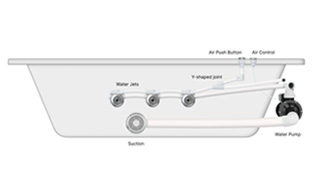1.Collecting Authentic User Feedback
For products that receive market feedback, it is essential to encourage clients to gather first-hand insights from end users. This helps to identify specific stages of use where the product may not perform as expected.
2.Targeted Product Refinement
User feedback should be translated into measurable design or structural elements—such as handling experience, tolerance accuracy, sealing performance, or flow control—and then validated through small-scale iterations. This ensures that improvements are both practical and verifiable.
3.Enhanced Production and Quality Control
Once improvement points are confirmed, manufacturing processes and inspection standards must be updated to guarantee batch consistency and long-term reliability, reinforcing customer confidence in supply stability.
4.Phased Market Introduction
Future product launches should adopt a phased strategy, beginning with pilot clients or small-batch trials. By collecting feedback at each stage before expanding to mass promotion, the supplier can minimize the risk of large-scale product rollbacks while maximizing customer acceptance.






























